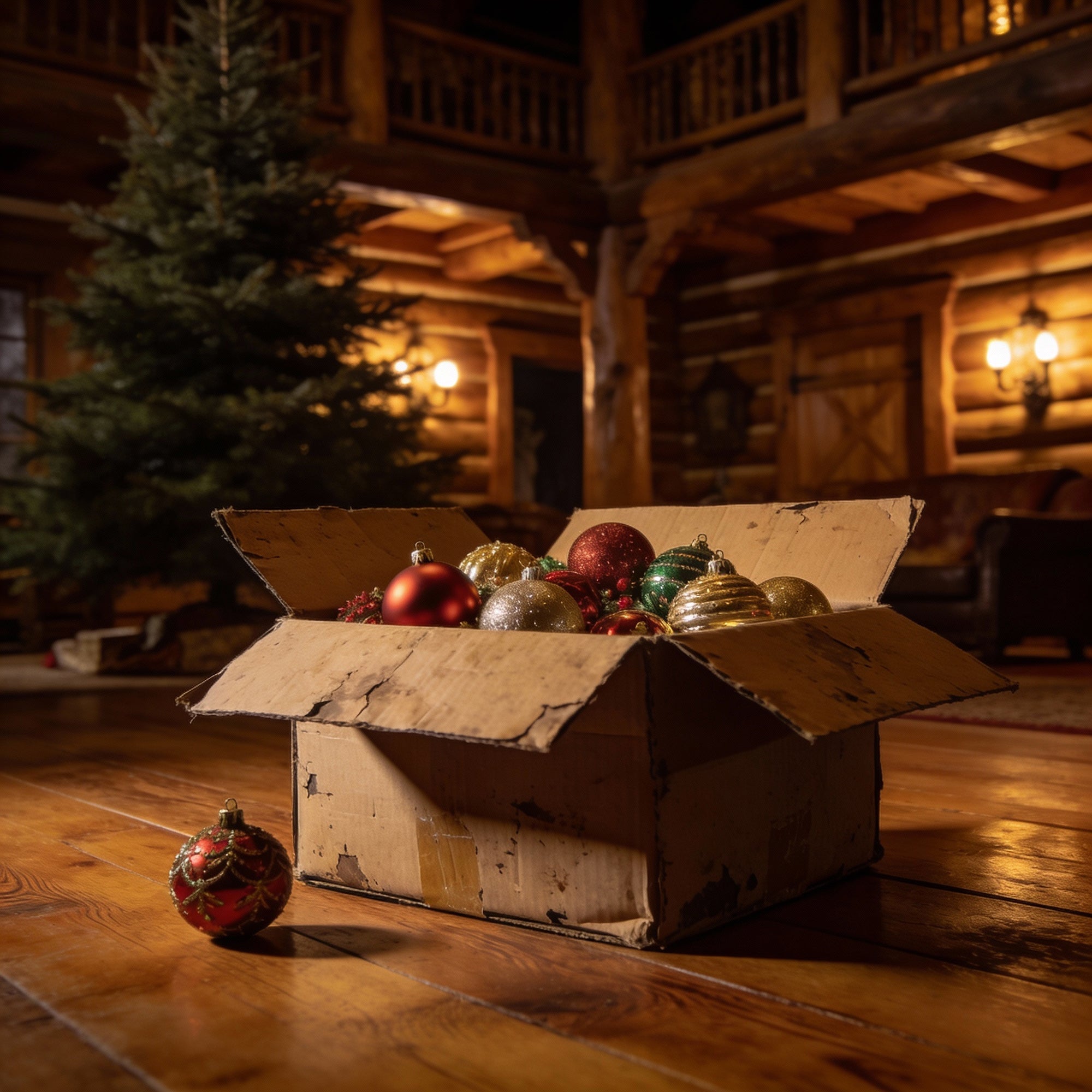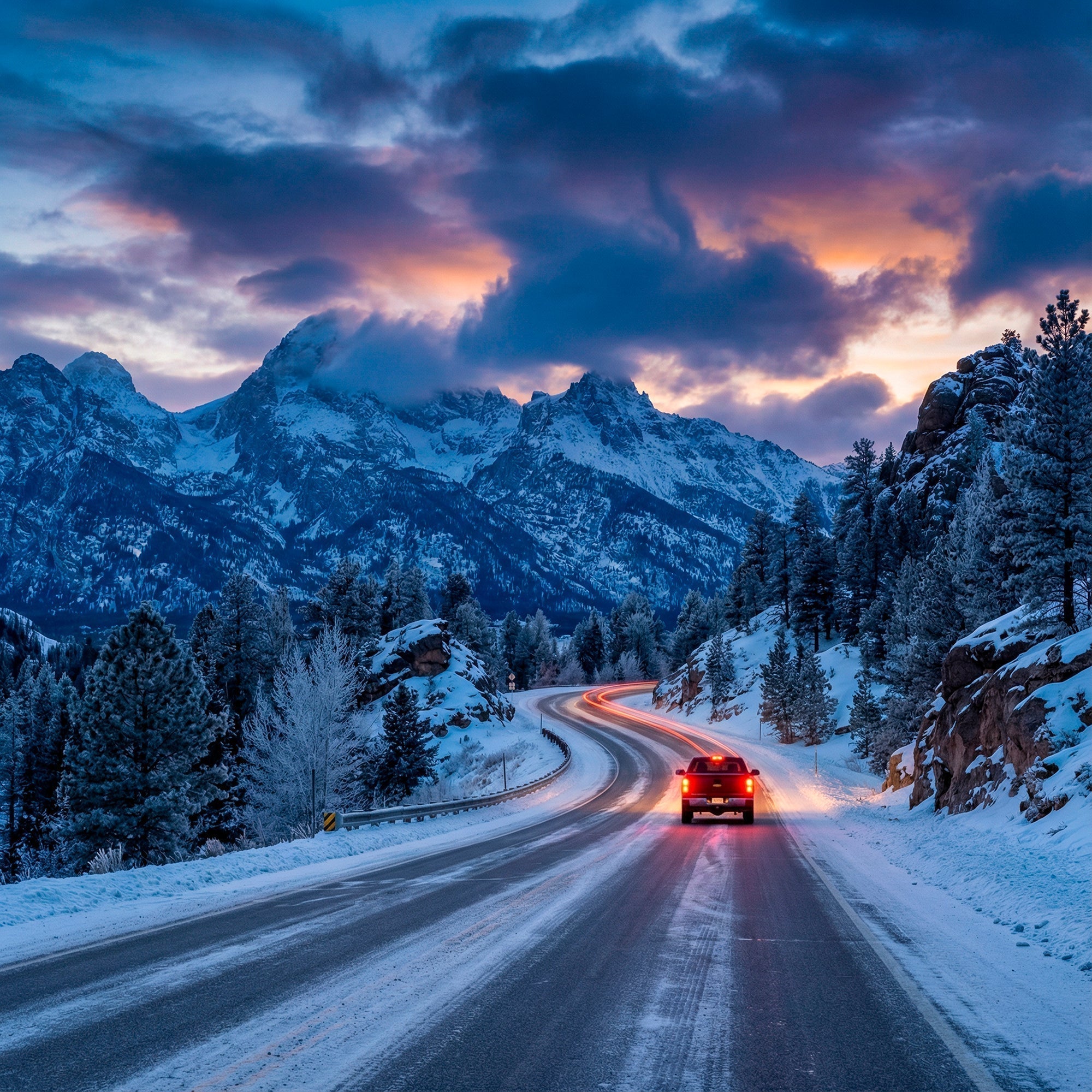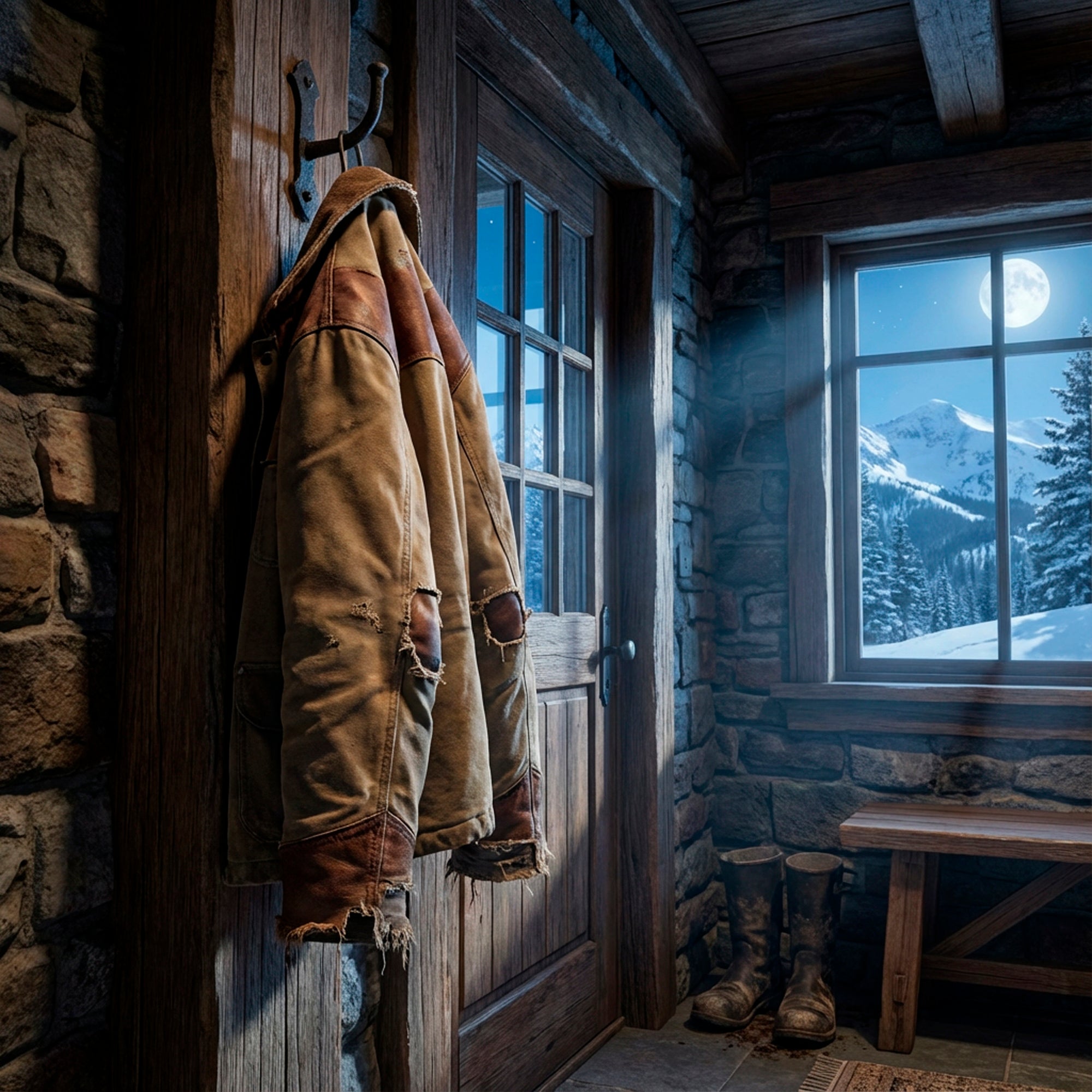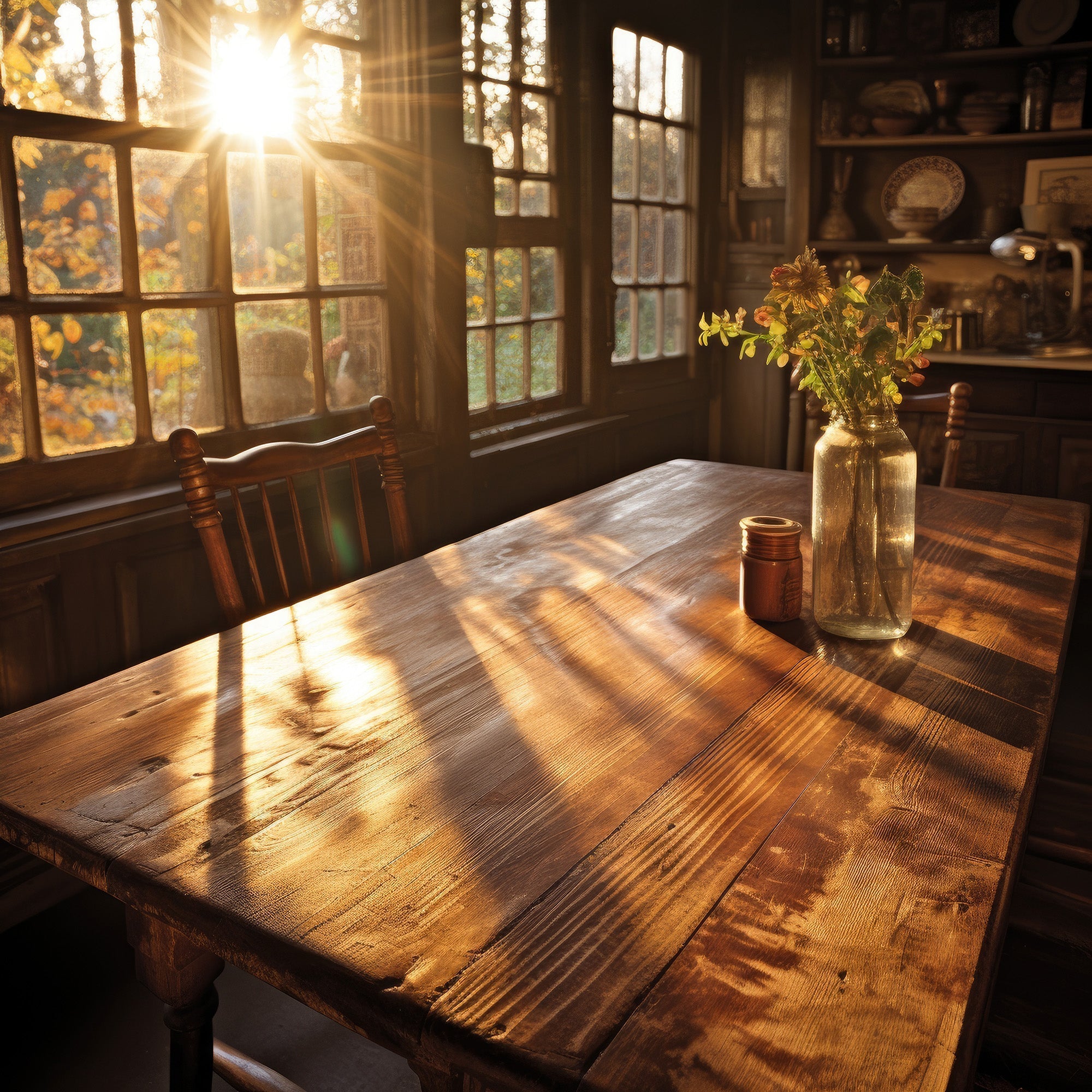When the Sun Sets, the West Comes Alive
Dusk in the West is unlike anywhere else. The sky burns in layers of rust and violet, the land hums quiet, and shadows stretch long across the fields. Inside, light begins to take over the work of the sun — soft, golden, flickering. It’s the hour when stories start, when the house breathes, when everything slows down.
For the Western home, lighting isn’t background. It’s the heartbeat of the evening. It defines mood, movement, and memory. Every glow — whether from a chandelier or a single candle — becomes part of the story.
The Emotional Role of Light
Ask any craftsman or rancher: light changes everything. It’s what turns a raw material into art. And in the home, it turns shelter into sanctuary.
• Warmth invites rest.
• Shadow creates mystery.
• Reflection adds soul.
Too bright and the room feels exposed; too dim and it disappears. Western design thrives in the balance — the gentle radiance that feels like firelight even when there’s no fire.
The secret is to think of light not as electricity, but as atmosphere.
Layering Light the Western Way
The Western approach to lighting mirrors the land itself: layered, textured, and alive with contrast. The goal isn’t uniform brightness; it’s rhythm — light that shifts as the evening does.
1. Overhead Light — The Statement
Forged-iron chandeliers or wood-beam pendants command presence. They should hang low enough to feel intimate but high enough to breathe. When dimmed to a golden tone, they turn every meal, every conversation, into ritual.
2. Ambient Light — The Comfort
Table lamps wrapped in leather, pottery bases with linen shades, and copper sconces along the wall create a sense of containment — a perimeter of calm around each space.
3. Accent Light — The Storyteller
Spotlights on art, candles in hammered holders, the flicker from a lantern on the porch. These aren’t necessities; they’re punctuation marks. They draw the eye, slow the mind, and add emotion to the ordinary.
Layered together, these lights create movement — an interplay between glow and shadow that feels as natural as campfire against canyon.
Materials That Reflect Warmth
Western interiors are made of materials that respond to light — each with its own character.
• Copper: Reflects light like sunset on water. Its patina deepens with every flame or filament that touches it.
• Leather: Absorbs light softly, mellowing glare into glow.
• Wood: Diffuses illumination through texture, giving warmth depth.
• Iron: Grounds the shimmer — a reminder that strength and beauty coexist.
• Hide & Wool: Catch shadows, creating pattern and movement even in stillness.
In the Western home, lighting isn’t separate from materials; it’s what completes them.
Firelight and Candlelight: The Ancient Western Glow
Before bulbs, there was flame — and the West has never forgotten it.
Firelight is storytelling light. It dances, changes color, and breathes with the room. Place chairs and cuddlers so they face it, not the screen. Let it shape your evenings.
Candles carry that same primal warmth in smaller doses: clustered across the mantel, lined along the dining table, or tucked into copper lanterns that cast a gentle pattern on the walls.
This is the light that built the first ranch homes — humble, human, and alive.
Lighting the Living Room: Glow for Gathering
Evening begins in the living room. Here, light needs to encourage conversation and quiet at once.
• Ceiling Fixture: A chandelier in iron or antler anchors the space.
• Lamp Light: Pair leather or pottery lamps on side tables for symmetry.
• Accent: A copper bowl of votives or a lantern on the hearth adds a whisper of motion.
Let no single bulb dominate. Instead, let the room pulse — bright enough to see the glint of silver, soft enough to rest your eyes.
Lighting the Dining Room: The Glow of Gathering
The dining table holds the season’s most important stories. Lighting here should make everything — wood, glass, food, faces — more beautiful.
• Overhead: Hang a chandelier so the lowest point sits 30–34 inches above the table.
• Dimmers: Always. Candlelight and conversation demand control.
• Reflections: Copper chargers or polished flatware double the effect, catching and scattering warmth across the table.
When done right, light doesn’t compete with the meal; it becomes part of it.
Lighting the Bedroom: The Language of Rest
In the Western bedroom, light should whisper, not speak.
• Bedside Lamps: Medium height with soft-linen shades; pull chains or twist knobs add tactile charm.
• Wall Sconces: Wrought iron or aged bronze — functional by day, moody by night.
• Low Lighting: Keep the light source below eye level; it calms the body instinctively.
And if you can, let the first light of morning and the last light of night come from the sun itself. No bulb can match its honesty.
Lighting the Entryway: First and Last Impressions
The entryway is where guests learn who you are before they’ve said a word. It should glow — not glare.
• Overhead Pendant: A single iron lantern or copper-lined fixture.
• Console Lamp: Warm tone bulb (2700K or less).
• Mirror Placement: Opposite the light source to double the welcome.
When people step inside, they should feel the light before they see it.
Outdoor Light: Extending the Welcome
The glow shouldn’t stop at the door. Lanterns, sconces, and landscape lights bridge inside and out.
• Porch Lanterns: Iron or bronze finishes with seeded glass for authenticity.
• Path Lighting: Soft, low, never harsh.
• Fire Pits & Torches: Controlled flame adds drama — a modern echo of the frontier campfire.
The Western home always acknowledges the horizon, even in the dark.
Practical Elegance: Bulbs, Shades & Color Temperature
Technical choices make or break atmosphere.
• Color Temperature: 2200–2700K for all interior bulbs — think golden, not white.
• Bulb Type: LED filament bulbs mimic vintage glow with efficiency.
• Shade Material: Linen, parchment, or hide — never plastic or high-gloss.
• Placement: Layer light so every room has multiple small sources rather than one large one.
Light should flatter both faces and finishes. Anything too cool or blue erases the West’s warmth.
Seasonal Transitions: From Autumn to Winter
As the days shorten, shift your lighting the way you shift your wardrobe.
Swap bright lampshades for darker, warmer tones.
Add candles in copper or iron holders.
Introduce seasonal greenery near light sources — pine, juniper, cedar.
Replace cool daylight bulbs with warm amber ones.
Your home should move with the season, not against it. The transition should feel like the light outside — slower, softer, deeper.
Why Lighting Matters More Than Décor
People rarely remember what they saw in a room. They remember how it felt.
Lighting is emotion disguised as design. It determines how leather looks, how food tastes, how memory forms. A single good lamp can redeem a whole room; bad lighting can flatten even the finest craftsmanship.
In Western design, where materials and textures carry such soul, lighting is the interpreter — translating raw beauty into warmth.
Closing Invitation
At Into The West, we believe every home should glow with the spirit of the land. From forged-iron chandeliers and copper lamps to lanterns, sconces, and accent lighting, each piece we create is made to illuminate more than a room — it’s made to illuminate story.
Because when the sun sets, it’s the light you choose that keeps the West alive inside your home.







Share:
The Thanksgiving Table, Western Style: Gathering with Grace and Character
The Art of the Western Gift: Meaning Over Many